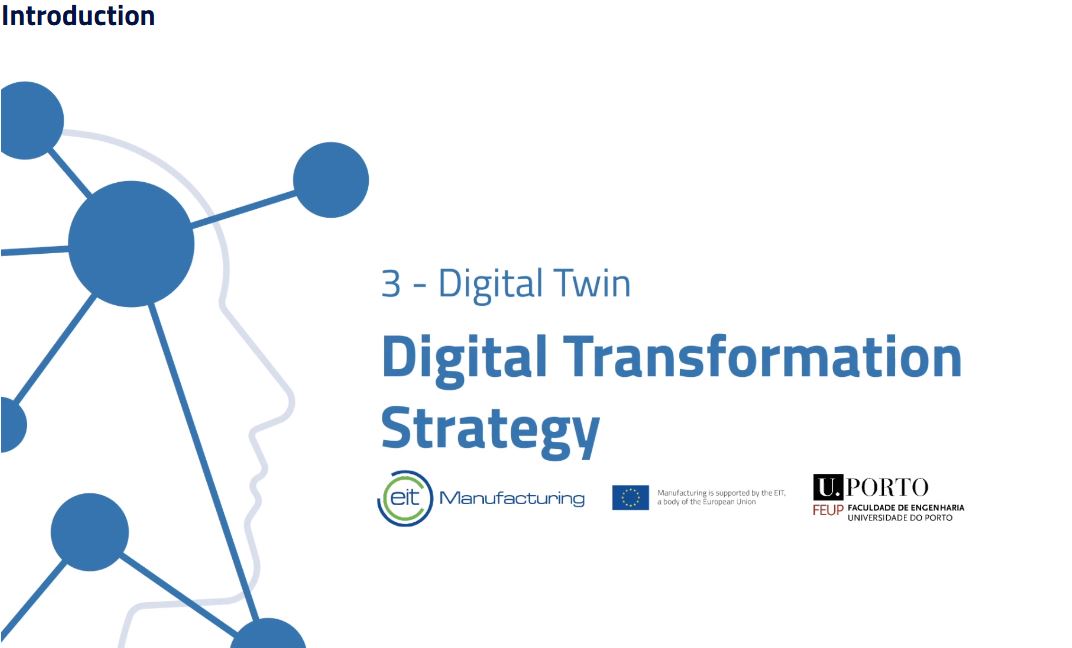Type of course:
Digital learning, Path
Language:
EN
Workload:
7 hours
Proficiency:
Intermediate
Target:
Professionals, Workers, Manager
This course is officially recognised and labelled by the European Institute of Innovation and Technology (EIT). EIT Label is a quality mark awarded to programmes demonstrating outstanding innovation, educational excellence and societal impact.
A data science pipeline refers to the process of collecting, cleaning, processing, analyzing, and visualizing data to extract insights and make informed decisions. It involves a series of stages that can vary depending on the specific project, but generally, the last step involves deployment of the models into production, that is to say, make them available to users for taking real-world decisions. After deploying the machine learning models, there are multiple challenges that can be faced. These challenges, if not handled properly, will deteriorate the performance of the models, thus making the AI solution of very short-life time.
Monitoring is a critical property of the data science pipeline, that makes it maintainable. A well-designed pipeline should be easily maintainable, meaning it should be easy to update and modify as new data sources become available or new business requirements emerge. Essential best practices for maintaining a data science pipeline will be presented in this learning path, including 1) benefiting from a modular design of the pipeline, where each stage is self-contained and can be easily updated or modified without affecting the other stages, 2) utilizing monitoring and alerting systems to detect any issues or errors in the pipeline, while keeping the AI solution robust against data drifting,
By implementing these best practices, a data science pipeline can be easily maintained, updated, and modified, ensuring that it continues to deliver accurate and relevant insights to the organization.
Learning outcomes
- The learners, after successful completion of this learning path, will be able to explain important decision metrics related to the deployment of AI models, choose the most appropriate deployment scheme and argument their decision, for various use cases.
- The learners, after successful completion of this learning path, will be able to identify real-life situations that can hinder the performance of an AI system in manufacturing after deployment, classify them according to underlying phenomenon and match them with appropriate means of detection, to remediate performance drops and avoid system failures.
- The learners, after successful completion of this learning path, will be able to discuss workflow automation techniques that complies with current MLOps practices to continuously keep the production system running.
LessonMaintainability of AI Systems: an Overview
Course Content
LessonMachine Learning Model Monitoring in Production: Practical Task 2
Course Content
LessonDeployment Strategy of Machine Learning Models in Production for Continuous Improvement
Course Content
LessonMachine Learning Model Monitoring in Production: Mitigating Decay
Course Content
LessonMachine Learning Model Monitoring in Production: Monitoring Methods and Tools
Course Content
LessonMachine Learning Model Monitoring in Production: Monitoring Targets and Metrics
Course Content
LessonMachine Learning Model Monitoring in Production: Model Decay and Drifts
Course Content
LessonMachine Learning Model Serving and Deployment: Practical Task
Course Content
LessonMachine Learning Model Serving and Deployment: Optimizing Batch Inference
Course Content
LessonMachine Learning Model Serving and Deployment: Optimizing Online Inference
Course Content
LessonMachine Learning Model Serving and Deployment: Scaling Infrastructure
Course Content
LessonMachine Learning Model Serving and Deployment: Related Decisions
Course Content
LessonMachine Learning Model Monitoring in Production: Practical Task 1
Course Content
LessonMaintainability of AI System: Summative Assessment
Course Content
Topics
Digital Transformation, Artificial Intelligence (AI)
 Explainability in Artificial Intelligence Systems
Explainability in Artificial Intelligence Systems  Cyber-Physical Production Systems (691 LP)
Cyber-Physical Production Systems (691 LP)  Maintainability of AI Systems
Maintainability of AI Systems  Safety and Reliability in AI Systems
Safety and Reliability in AI Systems 









